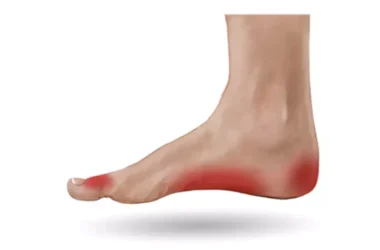[ez-toc]
Introduction
Thoracic Outlet Syndrome (TOS) is a condition characterized by compression or irritation of the nerves and blood vessels in the thoracic outlet, which is the space between your collarbone and your first rib.
This can lead to pain, numbness, and tingling in the neck, shoulder, arm, and hand. While seeking medical advice is crucial for proper diagnosis and treatment, incorporating specific exercises into your routine can aid in relieving the discomfort associated with TOS.
Understanding Thoracic Outlet Syndrome
Before delving into the exercises, it’s essential to understand TOS. There are three types: neurogenic, vascular, and nonspecific. Neurogenic TOS affects the brachial plexus, causing numbness and weakness in the arm.
Vascular TOS involves compression of blood vessels, leading to discoloration and swelling. Nonspecific TOS is a combination of both. Identifying the type helps determine the most suitable exercises.
1. Neck Stretches and Tilts

Gentle neck stretches and tilting exercises can help alleviate tension in the neck muscles, reducing pressure on the thoracic outlet. Tilt your head to each side, holding for 15 seconds, and repeat.
2. Shoulder Blade Squeezes

Sit or stand up straight and squeeze your shoulder blades together for 10 seconds. Release and repeat this exercise multiple times to strengthen the muscles supporting the thoracic outlet.
3. Doorway Stretch
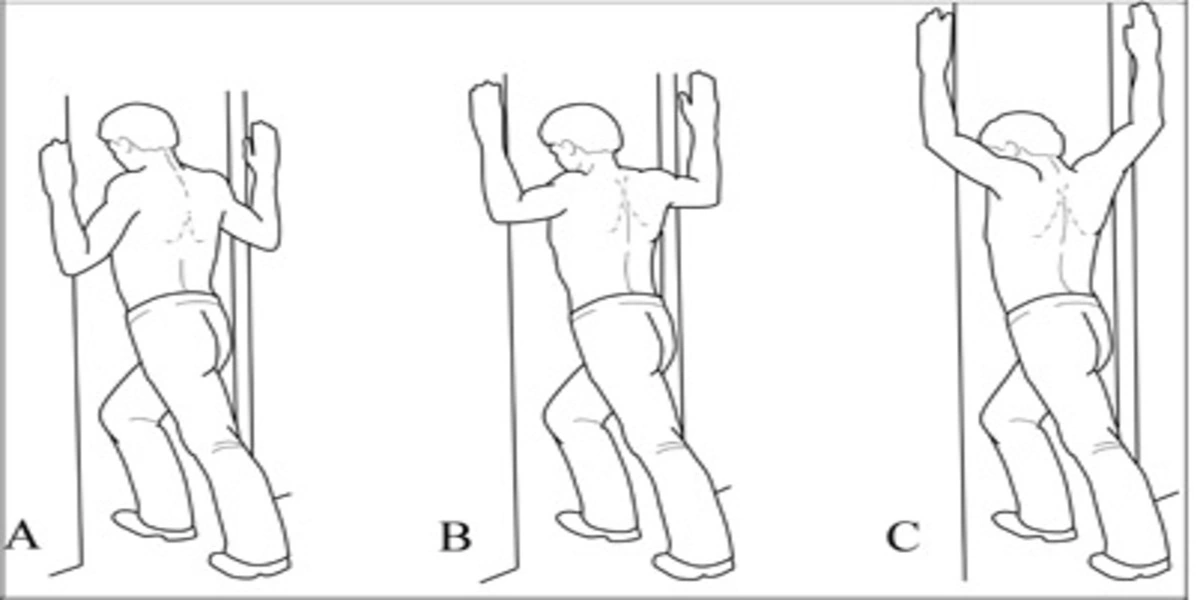
Stand in a doorway and place your forearms on either side of the doorframe. Gently lean forward to stretch the chest muscles. Hold for 20 seconds and repeat.
4. Pectoral Stretch
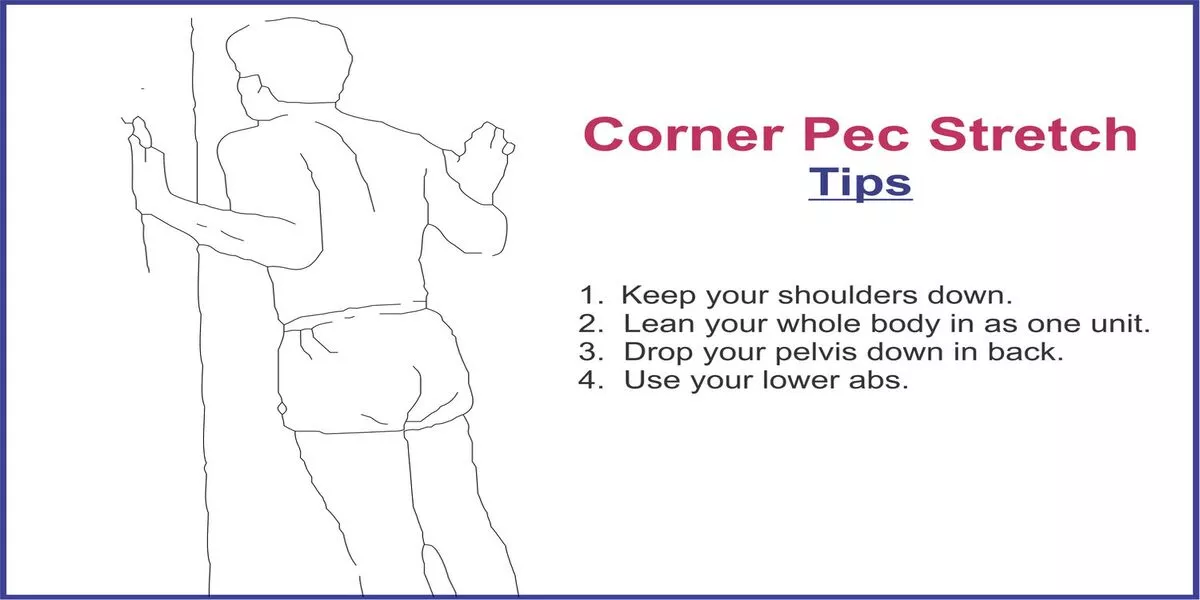
Extend your arm against a wall, level with your shoulder. Slowly turn your body away from the outstretched arm until you feel a stretch. Hold for 15 seconds on each side.
5. Thoracic Extension Exercise
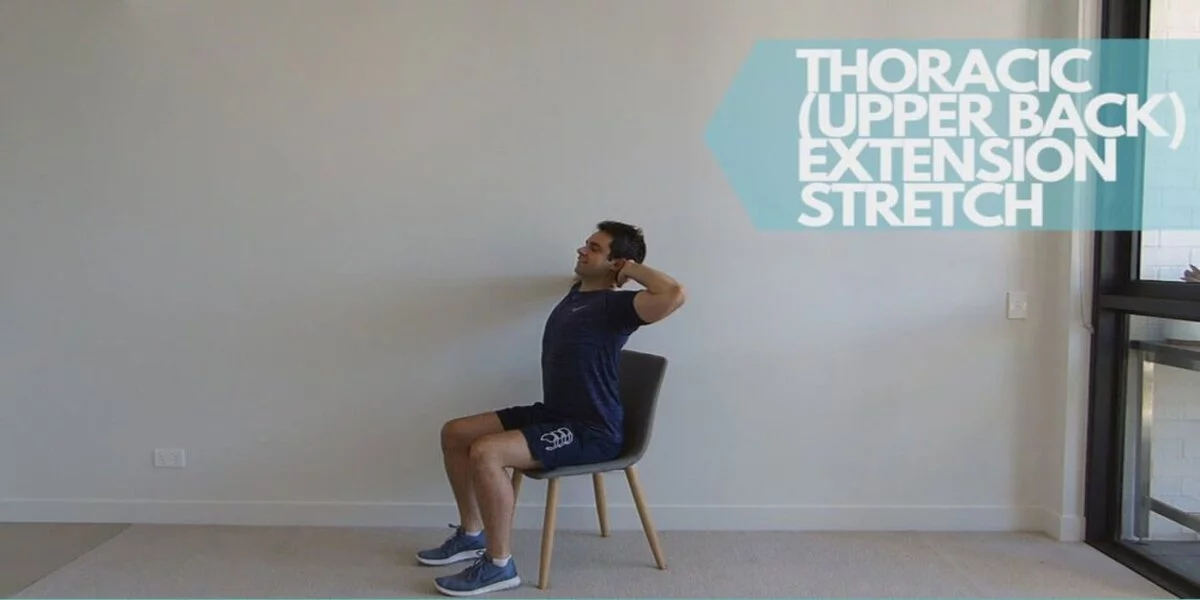
Kneel on all fours and round your back, then arch it upward like a cat stretch. This movement helps mobilize the thoracic spine and can alleviate pressure on the nerves.
Also Read: Exercises for Sacroiliac Joint Pain: Strengthening and Stability Routines
6. Shoulder Rolls

Perform shoulder rolls in both directions to relax and warm up the shoulder muscles. This exercise enhances blood circulation, reducing the risk of nerve and vessel compression.
7. Arm Elevation and Depression

Sitting or standing, slowly raise your arms overhead and then lower them. Repeat this motion to enhance mobility and reduce stiffness in the shoulder area.
8. Resisted Scapular Retraction
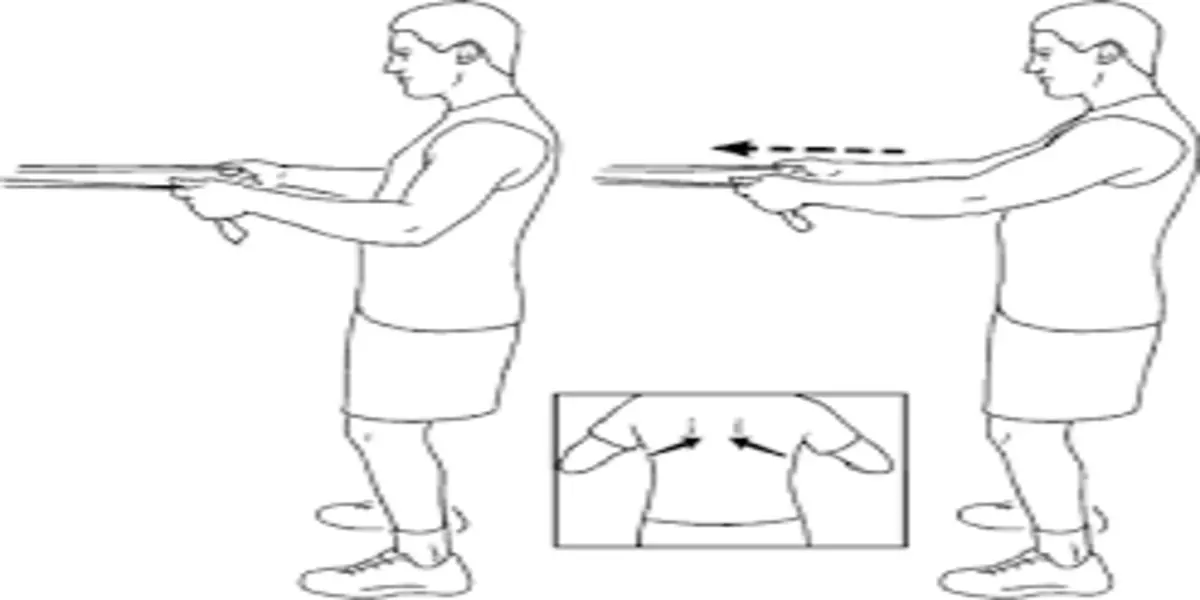
Use a resistance band tied around a doorknob. Hold the band with both hands and retract your shoulder blades, squeezing them together. This exercise strengthens the muscles around the thoracic outlet.
9. Scalene Muscle Stretch

Gently tilt your head to one side and apply light pressure with your hand. This stretch targets the scalene muscles, which can contribute to TOS discomfort.
10. Thoracic Outlet Decompression
Lie on your back with a foam roller under your upper back. Extend your arms overhead and hold for a few minutes. This technique helps open up the thoracic outlet.
FAQs
1. Can exercise completely cure Thoracic Outlet Syndrome?
Exercise can help manage the symptoms of TOS and improve your overall condition, but it might not completely cure it. Consult a medical professional for a comprehensive treatment plan.
2. How often should I do these exercises?
Perform these exercises 3 to 4 times a week, allowing your muscles to rest in between sessions.
3. Are there any activities I should avoid with TOS?
Avoid activities that involve repetitive overhead movements or lifting heavy weights, as they can exacerbate TOS symptoms.
4. Can poor posture contribute to TOS?
Yes, poor posture can increase the risk of developing TOS. Incorporating exercises that improve posture can be beneficial.
5. What other treatments complement these exercises?
Physical therapy, pain management techniques, and in some cases, surgery, can complement these exercises for more comprehensive relief.
Conclusion
Incorporating these exercises into your daily routine can provide relief from Thoracic Outlet Syndrome symptoms.
Remember to consult a healthcare professional before starting any new exercise regimen, especially if you have an existing medical condition. Consistency and proper form are key to experiencing the full benefits of these exercises.





